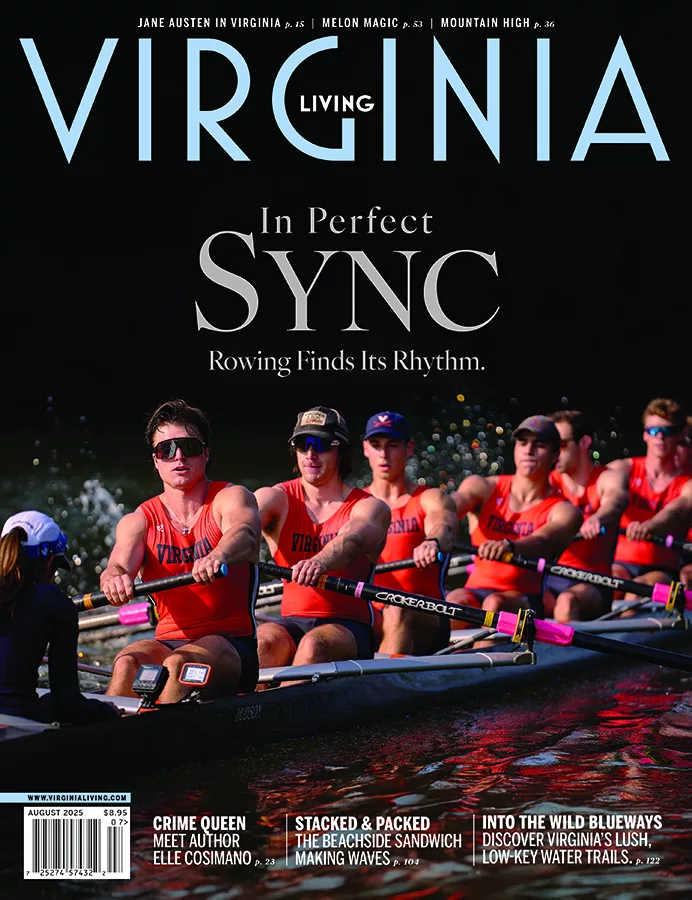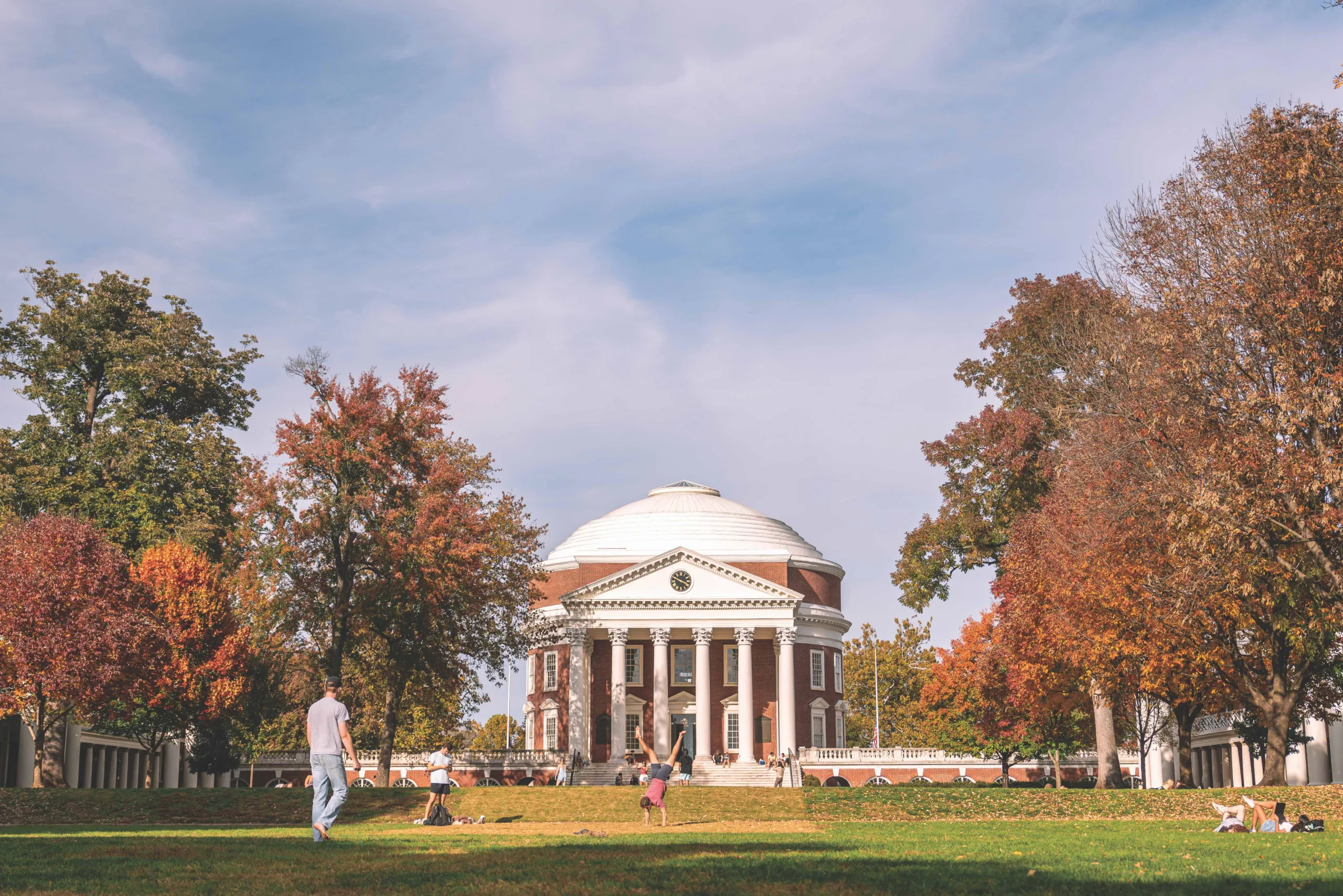Francie Hester’s work explores the concepts of time and memory.

“Wordfall” by Francie Hester and Lisa Hill
Rooted in science and math, Maryland-based artist Francie Hester’s works are cerebral ruminations on memory and time and the phenomenon of patterns that emerge from within seemingly random events. “With each series I begin, I find science offers invaluable perspective when digging into life’s most challenging questions—the study of the brain for example, or the perception of time first as linear and then fluid. Once I have done a body of research and reading, my own artistic interpretation and perceptions take over.” Hester’s newest show will run June 26-August 3 at the Athenaeum in Old Town Alexandria.
Hester, 55, holds an MFA in painting from the University of Maryland, College Park, and has been painting for 30 years. She has received grants from the Washington, D.C., and Montgomery County arts councils, and produced a number of commissioned works, including pieces for Airbus headquarters at Dulles and the corporate collections of the World Bank, IMF and Philips International.
“Francie is a master of creating work that appears both spontaneous and meticulously planned,” says Twig Murray, the show’s curator. “Drips, dribbles and organic paint patterns are punctuated with mathematic precision and machine tooling. The overall effect is random and lyrical—but far from accidental. I was immediately drawn to the works on their appearance alone, but after talking to Francie about her fascination with concepts relating to time and memory, her art became even more powerful to me.”
Hester primarily works on steel and aluminum disks and panels, her process a carefully meted out choreography between addition and subtraction. Setting down layers and layers of acrylic paint, in some cases as many as 20, she sands, heats and drills the surface between them to create a variety of round, exposed metal areas, finally finishing the pieces with pigment and wax, resulting in a richly textural effect. The pieces look as if they were mined from beneath the earth or made from some exotic bits of celestial material dropped from the sky.
One piece that stands out from the others is “Wordfall,” a 16-foot curtain of wrapped paperclips on which Hester collaborated with Washington D.C.-based visual artist Lisa Hill. The piece is a memorial to two members of Hester and Hill’s circle of friends: Brendan Ogg, a gifted young poet who was Hester’s son’s best friend, and Diane Granat Yalowitz, senior editor of Washingtonian Magazine. Both people of letters, the two succumbed to brain cancer just a few years apart. The disease ravaged their memory, robbing them of their ability to communicate with the very tools of their trade. “Wordfall” is about grief and memory, and the role memory plays in grief.
The piece is composed of more than 60,000 paperclips individually wrapped by the friends and family of Ogg and Yalowitz, and others. The wrapping is made from pages of Yalowitz’s articles and Ogg’s book of poetry, Summer Becomes Absurd. Hester learned the ingenious fold used to secure the paper in China, where resourceful rice farmers create strips of wrapped paperclips to hang in doorways to keep flies out. The stunning “Wordfall” is free standing, and when it moves it creates a distinct sound (much like that of a rain stick) that gives life to the words that help form the sculpture.
Hester began studying memory after witnessing Ogg’s struggle with the loss of his following surgery. “The pieces prior to Brendan’s illness were more about the sequencing of time. But after I saw the transformation in him as he tried to piece his memory together, I began to study where memory is stored.”
Her “Connectome” series, which includes brain scans etched into aluminum panels, takes its name from the electrical currents that are a major key to unlocking the mysteries of the mind: memory, intelligence, emotions and mental disorders. For Hester, brain scans made as part of a project to map the brain by Sebastian Seung while he was a professor at MIT, proved inspirational. She says, “I want to evoke the sense of something being solvable—that what might seem random has an equation. One thought triggers the next thought.” Brain scans also figure largely in Hester’s “Portals,” a series inspired by looking into a microscope and seeing a complex, unique and intricate world. Each portal is mounted on a hinged arm so that the piece “pops” off the wall, making the experience of it more immediate.
The soaring interior space and natural light of Alexandria’s Athenaeum, home to the Northern Virginia Fine Arts Association (NVFAA), a satellite affiliate of the Virginia Museum of Fine Arts since 1964, provide a fitting setting for Hester’s work.
Hester’s new show continues her practice of grappling with powerful topics like memory loss and grief—an emotion she sees not as specific to one event, but as an ongoing part of life. Her approach may appear dispassionate, but the contemplative nature of the art and the elegance of its rendering resonate powerfully, creating work that stays with you long after you have left its presence.










